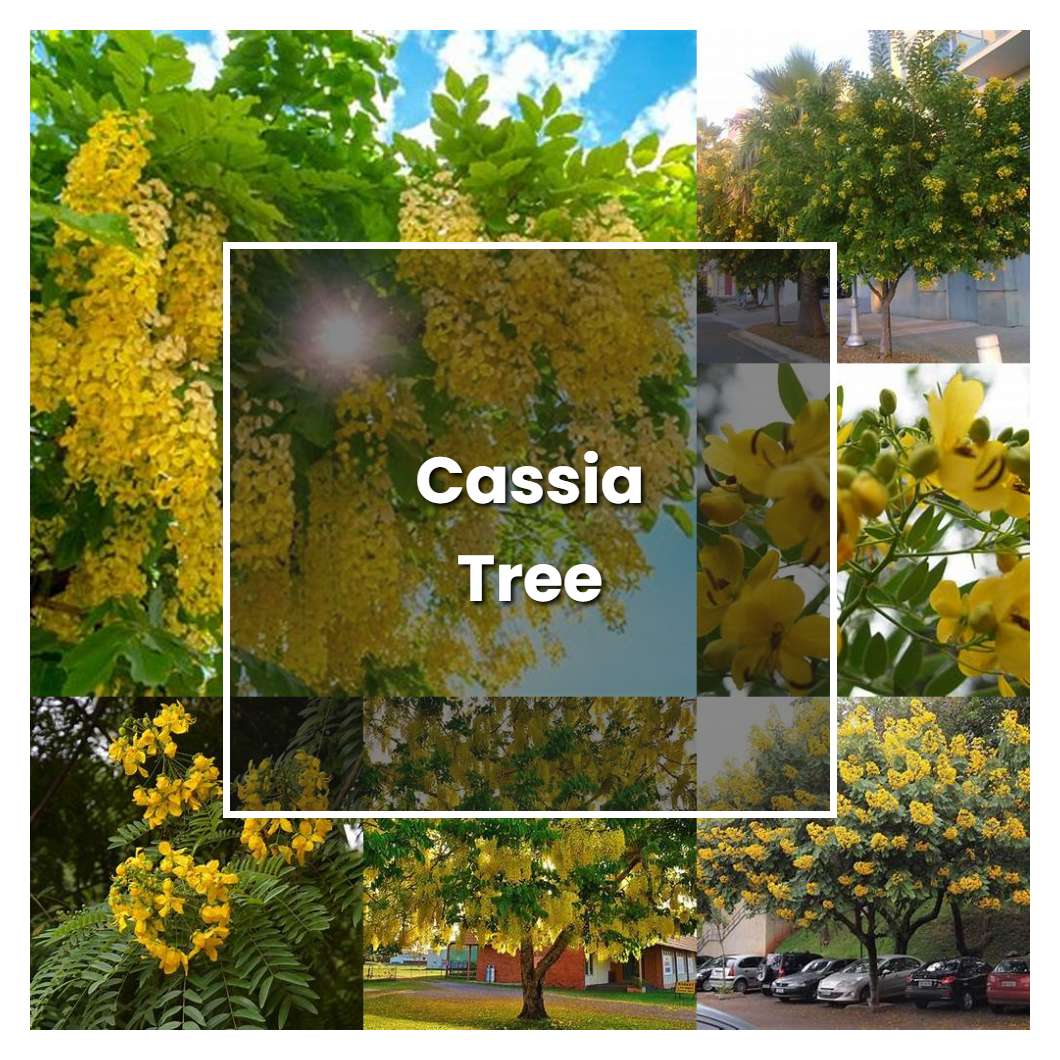Cassia tree is a plant that is native to tropical and subtropical regions of the world. The leaves of the cassia tree are used in traditional medicine to treat a variety of illnesses. The cassia tree is also used in traditional Chinese medicine. The bark of the cassia tree is used to make a tea that is said to have a number of health benefits.

Related plant:
Cassia Fistula
About soil condition, the cassia tree grows best in medium to heavy textured, well drained soils with a neutral to slightly acid pH. It is not tolerant of highly alkaline soils. It also has low tolerance for salty soils and will not tolerate being waterlogged. In its natural environment, the cassia tree is found growing on the edges of rainforests, in open woodlands, and on seasonally flooded plains.
Just like other trees, the cassia tree needs sunlight in order to grow. However, it is not as demanding as some other trees when it comes to the amount of sunlight it needs. The cassia tree can grow in both full sun and partial shade. This makes it a good choice for gardens that dont get a lot of sun.
The temperature condition that is best for the cassia tree is warm weather. This tree is not tolerant of cold weather and should be protected from frost. The ideal temperature range for the cassia tree is between 65 and 75 degrees Fahrenheit.
Ideal humidity condition for this plant is around 50%. They do best in bright, indirect light but can adapt to lower light conditions. Water when the top few inches of soil are dry. Allow the plant to dry out between waterings to prevent root rot. If you live in a very dry climate, you may need to mist your plant daily to keep the leaves from drying out and becoming crispy.
Regarding fertilizer, this kind of plant is not really demanding. It can live in poor soils, as long as the drainage is good. An important requirement for the plant to develop properly is a deep and wide root system, which allows it to anchor itself firmly in the ground and absorb all the necessary nutrients.
Pruning is a vital part of keeping your cassia tree healthy and looking its best. Unfortunately, it's often overlooked or done improperly. Pruning not only helps to control the size and shape of your tree, but can also improve air circulation and promote new growth. When pruning your cassia tree, be sure to use sharp, clean pruning shears. Remove any dead, diseased, or damaged branches, as well as any branches that are crossing or rubbing against each other. You should also prune away any suckers or water sprouts.
Propagation of the cassia tree is generally done by seed, although cuttings can be taken from young trees. Seeds must be fresh to germinate well, and they are often sown immediately after they are harvested. The seeds are scarified before planting to improve germination. Cassia trees can also be propagated by air-layering.
Usually, the plant growth rate is fast, however, some species have a slow growth rate. The bark of the tree is smooth and silvery-white in color. The leaves are simple and arranged in an opposite fashion on the stem. The flowers of the cassia tree are bright yellow and very showy. The fruits of the tree are long, thin, and flat.
Common problems for this kind of plant are root-knot nematodes, caterpillars, Cassia scale, and sooty mold. If the tree is not well taken care of, these problems will become more severe and will eventually kill the tree.
Source:
Managing Pests in Gardens: Trees and Shrubs: CassiaUC IPM - ucanr.edu
Discover Nature at JCU - Cassia javanica - JCU Australia
Senna bicapsularis - North Carolina State University
